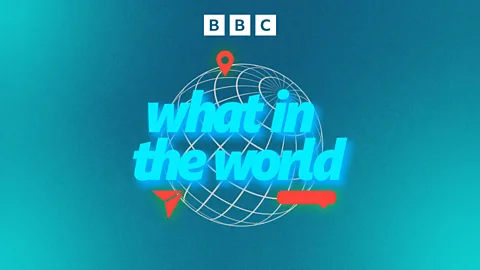
What in the World
What in the World
Could Bali become waste-free in just two years?
Up next
May 6, 2025
10 minutes
Available for over a year
When you picture Bali, you might think of sandy beaches, laid-back surfers, ancient temples and lush green rice paddies. As a tourist hotspot, single-use plastic is common and it has a problem with disposing of plastic waste. A study from 2021 ranked Indonesia as the fifth biggest contributor of marine waste in the world.
Now, Bali’s governor has set an ambitious goal: to make the island waste-free by 2027. But how realistic is that? And what would it actually take to make it happen? Hanna Samosir, a reporter for the BBC in Jakarta, takes us through the story.
Instagram: @bbcwhatintheworld
Email: [email protected]
WhatsApp: +44 0330 12 33 22 6
Presenter: Hannah Gelbart
Producers: Emily Horler and Adam Chowdhury
Video Journalist: Baldeep Chahal
Editor: Verity Wilde
